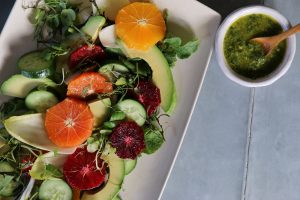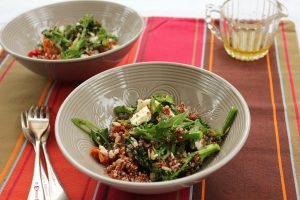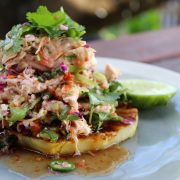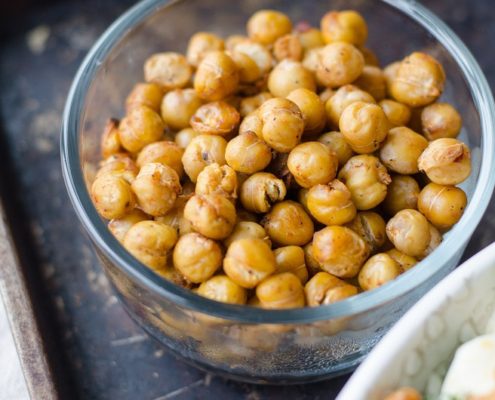You can get more from your salads as they are a perfect lunch or dinner option and another excellent portable food that can be deliciously healthy and really quite filling. Salads are perfect as you can include many grains, legumes and some great tasty proteins teamed with fresh seasonal leafy greens and vegetables. And as I have said before the most important aspect to a good salad is the dressing. Here are some helpful tips to take your salad bowl to the next level:

Include grains in your salad
Grains or ingredients you can include in your salads are cous cous, burghal – (Cracked Wheat used to make tabouleh), barley, buckwheat, quinoa, millet, brown rice, cooked basmati rice, noodles such as buckwheat, rice, bean thread, you can also make your own croutons out of spraying a slice of bread with olive oil and chopping it into squares and baking it in a 180c oven for 10 – 15 minutes until golden. You can use this same method for tortillas, pita breads and lavosh, for crackers and pita chips to have with dips.
Aim for ½ a cup of grain in your salad per person if using only grains
Aim for ¼ a cup of grain in your salad per person if using grains and legumes
Legume salads
Legumes you can use in your salads can include cooked chick peas, lentils, cannellini beans, barlotti beans, three bean mix, check for the ingredients and buy the tinned ones without any added or extra salt or sugar. If you are cooking your own it is best to soak these over night first, discarding the soaking water and covering them with fresh water before simmering. It is not necessary to salt beans and they will take different cooking times so taste them after 20 minutes, you should be able to squash them in between your fingers> Drain and cool before storing in the fridge. You will need to eat these within the week although you can freeze them.
Aim for 1 cup of legumes per person in a salad if using only legumes
Aim for ½ a cup of legumes in your salad per person if using legumes and grains
Vegetable fillers for salads
Just about anything goes for a salad when adding in fresh vegetables. The important factor here is to use fresh not tinned, tinned vegetables serve another purpose. You can roast, barbecue, grill, steam or sauté most vegetables and use them for a salad. These vegetables could include, capsicum, eggplant, onion, Asian greens, corn, pumpkin, sweet potato, carrot, parsnips, green beans, broccoli and so on. Any vegetable that you eat for dinner you can include in a salad, top up your favourite combinations with some fresh vegetables like baby spinach, mixed lettuce leaves, sliced tomatoes or cherry tomatoes, diced cucumber, sprouts and you can also include a sprinkling of nuts and seeds. These could include sesame seeds, sunflower, pumpkin, almonds, roasted peanuts, walnuts, macadamia nuts.
Don’t forget about fruits, sliced or shredded apple, pear, orange, mandarin and grapefruit segments, pomegranates, fresh dates, diced melons, mangoes, peaches are all fantastic in certain salads and give a little sweetness and wonderful flavour combinations.

I know I said that the most important aspect to a salad is the dressing ! Keep an eye out for my next post that will give you four salad dressing recipes help take your salad bowl to the next level.

 mariana-medvedeva-usfIE5Yc7PY-unsplash
mariana-medvedeva-usfIE5Yc7PY-unsplash


